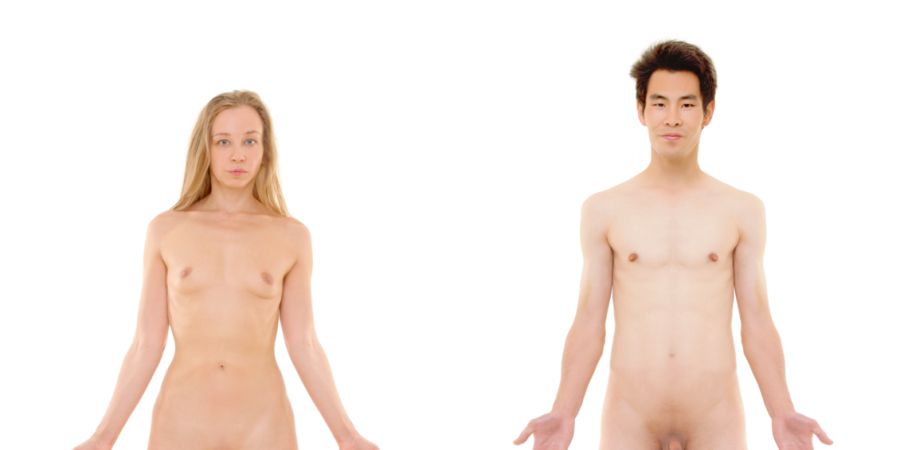

The structure of humans is the human body. It consists of tissues which are formed by differential cells which all are formed organ systems. They sustains homeostasis and viability of the body.
Head, Neck, Arms and Legs are the different parts of the body.
In the study of human body, including Anatomy6, Physiology, Histology, Embryology etc. Anatomy includes the structures of the body. Physiology includes the workings of the the body parts and systems. Histology includes the study of the cells. Embryology includes the the study of the embryo and its development. Such like different branches includes the study of human body.
The systems includes the Circulatory System, Digestive System, Endocrine System, Immunity System, Integumentory System, Lymphatic System, Musculoskeletal System, Nervous System, Reproductive System, Respiratory System, Urinary System, etc.
The development of human body starts from combination of sperm and egg and develop to adult body. The sperm penetrates to the egg which produce from the ovary. This egg sustains in the womb develop to embryo and at last birth as a baby. After birth, further development happens. The development of body is maintained by hormones and other physical conditions. The development and aging includes the childhood, adolescence, adult and Old age. These called aging process.
The study of body by using Presentations and Models. By this study, experiences like study of dead body gained and also useful for medical and dental students. Primary medical study includes the anatomy, physiology and biochemistry.
History of Medical Study
Canon model drawn by Polykleitos with respect to the exact proportion of human body at 5 BC, which influences the fine arts. In the Italian renaissance, Leonardo da Vinci and his associate Luka Pasioli, Piero Della Frances like artists study and written the basics of the human anatomy proportion.
In ancient Greece, Hippocratic Corpus described the structures of Bones and Muscles. Gallen, the physician of 2nd century, collected details of anatomy and used as a book. In the modern renaissance, Andris Weselus started the modern study of human anatomy by written the book D Humani Corporis Fabrica. The invention of microscope and study of cellular structure of human cells and tissues easy the study of human body.
In 420 BC, Hippocratus and later Aristotle who studied details and relations about two branches Anatomy and Physiology, starts the study of Human Physiology in Ancient Greece. Gallen also uses experiments for study of physiological processes in human body. Jean Fernal uses the term Physiology first time who was a French doctor. William Harvey starts the study of circulatory system in detail. In the 19th century, the knowledge of Matthias Schlidon and the Thyodore Schwan about the animals, which was made of tissues, was built by cells was collected very fast. Code Bernard (1813-1878) made the concept of Mileyu Interior (internal environment). Later Walter canon (1871-1945) said it was restricted to a steady state in homeostasis. In the twentieth century, the scientists Schmid Neilson and George Barthelomy extended their study in comparison physiology and ecophysiology.


